Stroke is a leading cause of death in the United States and the leading cause of long-term disability. People of any age can have a stroke and there are far reaching impacts of providing long-term care. Inactivity is the biggest preventable risk factor for stroke. Time to get up!
Shirts will be delivered approximately 2 weeks after the campaign closes.
As many noble causes are, the J.L. Wiley Foundation was formed in the wake of a tragedy. On August 22, 2009 my father suffered a massive pontine hemorrhage, which is the medical term for a brain stem stroke. Our initial thoughts were morbidly positive, if the damaged area was in his brain stem then his personality would be not much altered, how bad could this be?
We quickly came to learn that it would be very bad. Brain stem strokes specifically, and hemorrhagic strokes more generally, are relatively rare and almost always fatal within the first 30 days. They damage the area responsible for basic functioning. As a result my father was left partially "locked in". Locked In Syndrome is a condition where relatively normal brain activity is recorded but the patient has no way to express themselves because of the damage to the spinal cord. Essentially you are trapped inside your own mind. Joe was partially locked in, he could signal with one eye. My father was also blessed with a wealth of facial expressions and those did not wither while he suffered through this horrible predicament. He had a remarkably nonverbal way to express his mild annoyance with certain conversations and this ability carried over to his life after the stroke.
Over the next 16 months we would spend time in hospitals, rehab facilities. emergency rooms, nursing homes, all with the goal of someday coming home. Unfortunately it was a goal we would not achieve. Humans are not designed to survive that way and our medical facilities are no place to live. His life was ultimately claimed by infection. One of the first, a particularly nasty strain of drug-resistant infection called Klebsiella, was treated with antibiotics that destroyed his kidneys and left him relying on dialysis.
Through all of this a representative from his insurance company confided that they, the insurance company, would frankly prefer that he just die because stroke victims are really expensive for them.
He ended up several hundred miles away from his home in South Florida because the only facilities that the insurance company would cover that would treat him with his conditions were located there.
Our experience with the healthcare system was not all sunshine and roses, the process was marked by many uncaring personalities. Unlike medical television shows, there was no resolution in 30 minutes or an hour. In fact, it wasn't until the last facility that he was in that there was even a concerted effort to attempt rehabilitation.
Through all of this, those of us that knew him best and spent the most time with him could see that he was still in there and we fought for him the whole way.
So what does the J.L. Wiley Foundation do after all of this you may be (hopefully) wondering?
Our first goal is better stroke awareness and treatment. We never would have imagined that Joe would have had a stroke. We didn't know any of the warning signs, that in retrospect were present as much as several days before. We have come to realize that while your risk of suffering a stroke increases with your age that it still can strike people of any age.
Our second goal is healthcare advocacy. The healthcare system is a very confusing place, especially if you spend enough time in it and there are many things we did not know and had to learn the hard way about patient rights among other things. Others should not have to suffer through that on top of the stress and strain of dealing with a major illness.
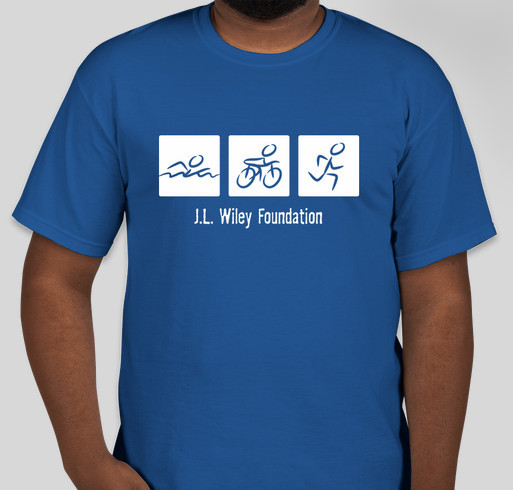

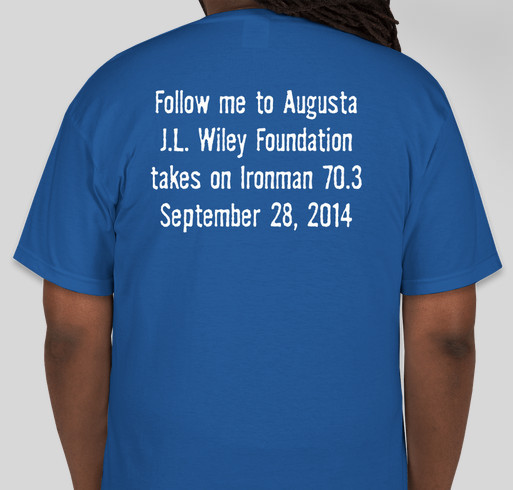
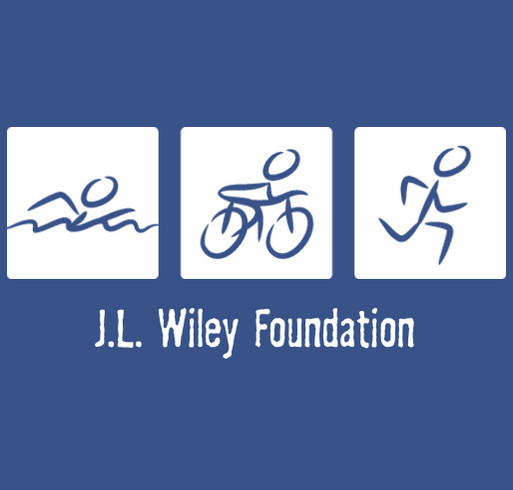
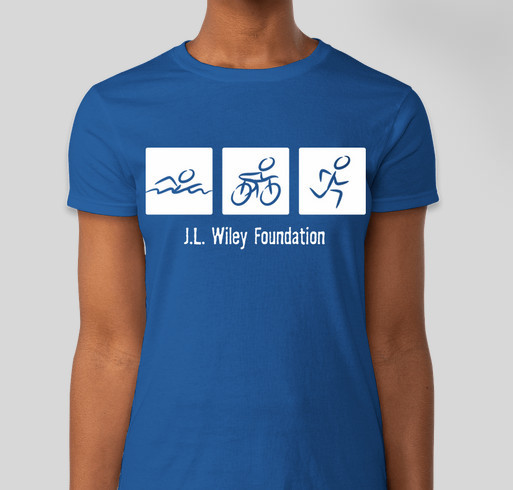
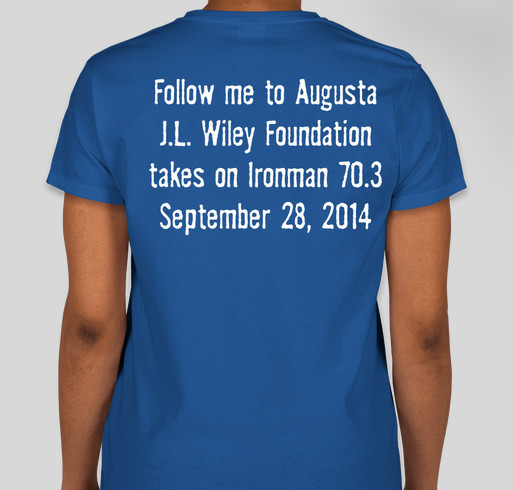
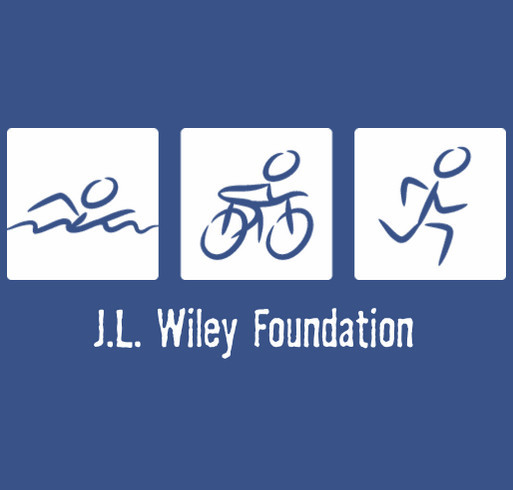


Supporters